Posted in: 09/05/2023
Forest conservation , allied to the advancement of the bioeconomy in the Amazon, has been a prominent theme in recent times. This is because, after years of degradation, local communities , experts and entities have been looking for ways to promote income generation for people in the region based on sustainable development .
That is, supporting initiatives and economic activities that keep the forest standing and that have the potential to boost the quality of life of people belonging to the Amazon Forest, such as low-carbon non-timber forest productions .
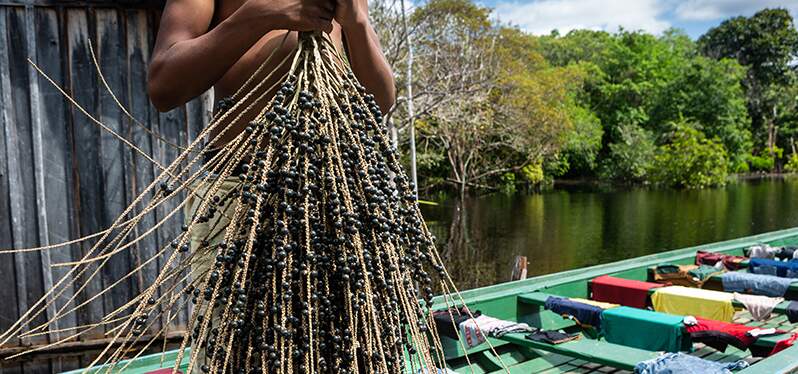
As a way of presenting the positive impacts of the bioeconomy, the New Economy of the Amazon report , developed by the research institute WRI Brasil, points out that the current GDP of the bioeconomy in the Legal Amazon can reach R$ 12 billion per year.
In addition, an estimate by the Brazilian Association of Bioinnovation (ABBI) shows that by eliminating illegal deforestation , sustainable development could generate additional industrial revenues of US$ 284 billion per year, by 2050.
Brazil produced 270 thousand tons of cocoa , according to IBGE data, from 2020-2021, and 50% of this production comes from the state of Pará , which moves, on average, R$ 1.8 billion a year.
The cocoa production chain is carried out by family farmers , mainly in areas that have already been degraded, which allows land recovery and reduces deforestation and fire rates in the region.
As a way of supporting the cocoa production chain , the Projeto Redes do Médio Xingu , developed by Synergia, promotes technical assistance and rural extension (ATER), based on agricultural techniques, productive arrangements and traditional knowledge , which takes place from planting to the flow of cocoa. In addition, Synergia supports the search for access to the cocoa market .
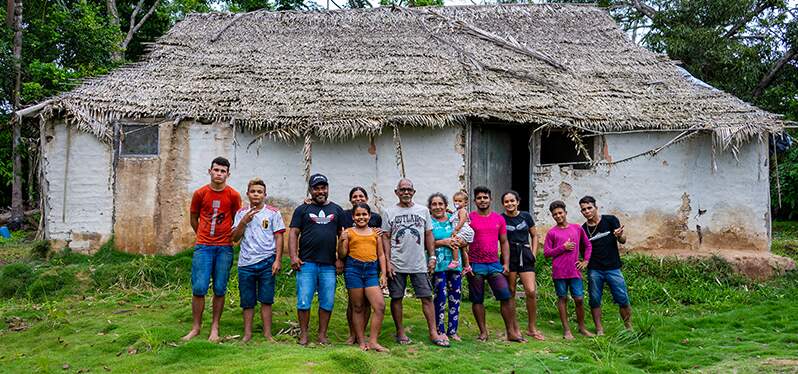
Pará also concentrates the main açaí production chain in the world, reaching 239 tons. The states of Amazonas and Pará together account for 87.5% of all national production . But there is a division in local production: açaí oriented to the local market, produced based on the bioeconomy, and açaí oriented to the industry and external market, which is characterized by monoculture and does not fit into the bioeconomy.
The açaí produced based on the bioeconomy corresponds to 53% of all production and has an added value of R$ 1.08 billion . Assai for the foreign market corresponds to 47% of local production and has an added value of R$ 4.7 billion .
During the Amazon Summit and the Amazon Dialogues , events that discussed the future of the Amazon , the leaders present pointed out the importance of exploring the bioeconomy to generate jobs, preserve the forest and guarantee quality of life for the people who live in the region.
The Amazon Seal is one of the alternatives designed to boost the bioeconomy in the Amazon. The aim is to insert the seal into products in the production chain, certifying that they guarantee the quality of life of the region’s people and help preserve the forest.
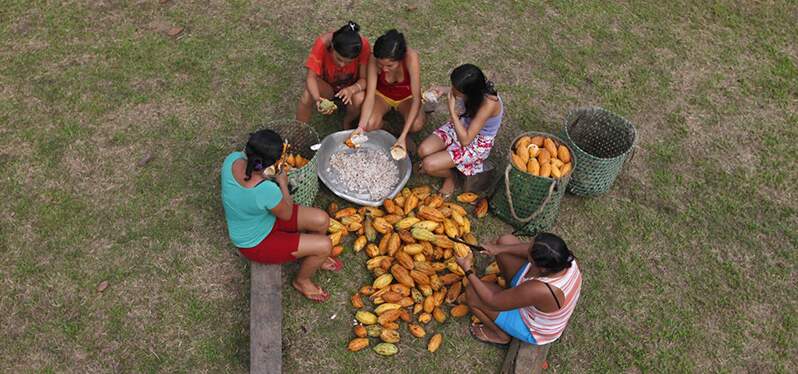
Another alternative to support the bioeconomy in the Amazon is investment in research, such as that carried out by the Fundação Amazônia de Amparo a Estudos e Pesquisas (Fapespa), which invested more than R$ 1 million in innovation and scientific activities.
In addition, to present to the world the work carried out in the cocoa production chain, Synergia, in co-production with Dot Films and with support from ICMBio, developed the documentary “The forest you don’t see – Narratives of the Middle Xingu”, inspired by the Project Middle Xingu Networks . The documentary shows the challenges faced by family farmers to generate income and keep the forest standing .
The national premiere of the documentary “ The forest you don’t see – Narratives of the Middle Xingu ” takes place on Amazon Day , September 5, at 8 pm, on the Synergia channel , on YouTube.
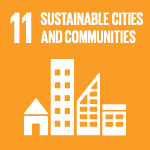
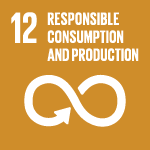
Sign up and receive our news.